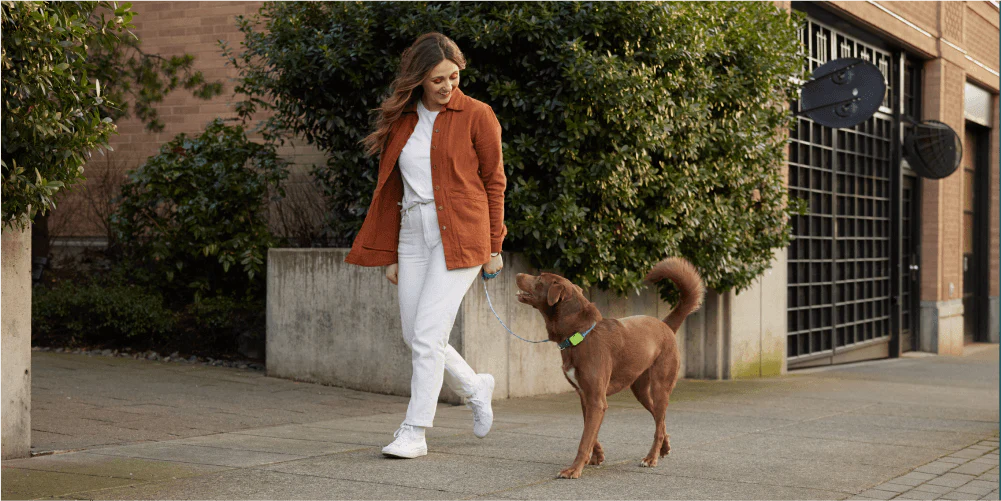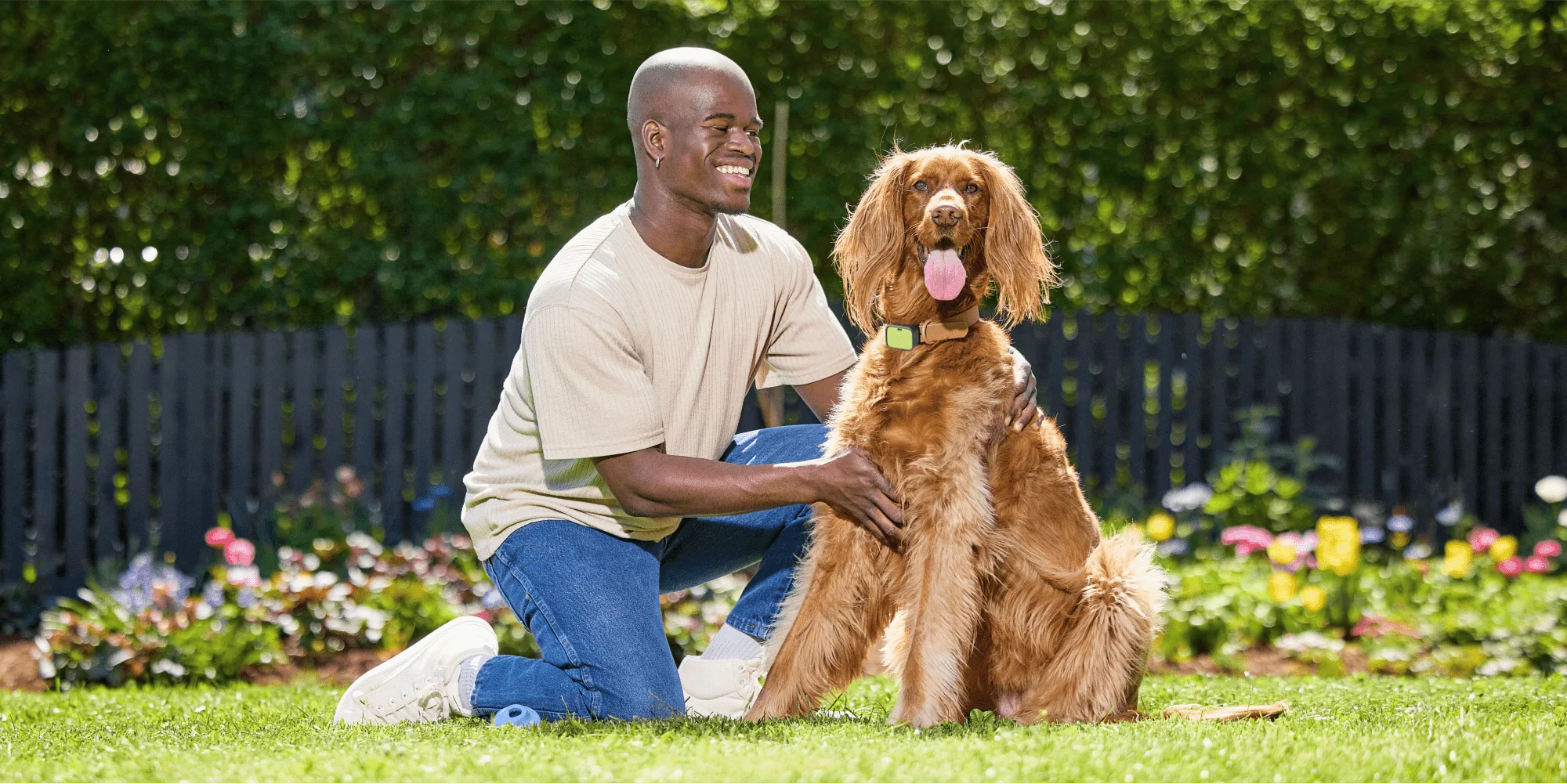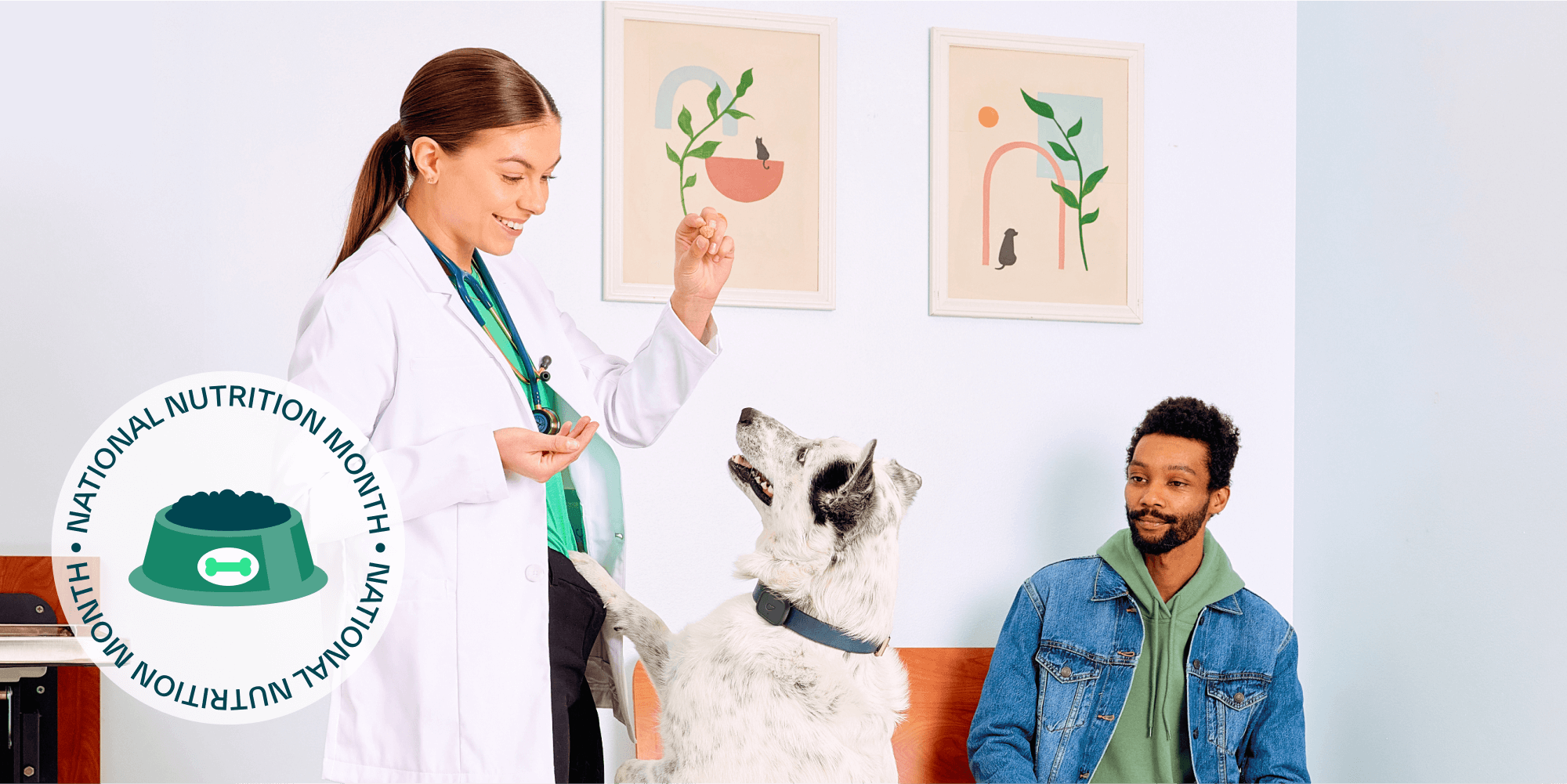The Best Way to Track Your Dog’s Activity

You probably wear an activity tracker, set a daily step count goal and monitor essentials like calories, heart rate and sleep. You can do the same thing for your dog.
Whistle devices are like a Fitbit for dogs. Whistle Health 2.0, Go Explore 2.0 Smart Tracker and Switch Smart Collar allow you to check your dog’s daily activities – and so much more.
What are the benefits of dog tracking devices?
Dog activity trackers allow you to gauge how much exercise your dog is getting and whether there are changes to the activity levels (or other behaviors like scratching, licking or sleeping) that could be signs of health issues.
Using Whistle Health 2.0, Go Explore 2.0 Smart Tracker and Switch Smart Collar to track your dog’s activity can be important if you’re trying to help your dog lose weight or train for upcoming events like a charity fun run or agility competition that require them to be in peak condition.
How can I track my dog’s activity?
A dog activity tracker like Whistle Health 2.0, Go Explore 2.0 Smart Tracker and Switch Smart Collar use the latest technology to track daily activity. Not sure how much exercise is enough for a dog? Whistle can help you set personalized activity goals and create unique fitness plans based on your dog’s breed, age and weight to make sure your dog gets the right amount of daily activity.
You can view the Whistle Health Dashboard on the app for information about health behaviors or set goals and earn achievement awards for activity streaks and other wins.
Exercise is essential for your dog’s health and wellbeing but dogs can get over-exhausted. Watch for signs like slowing down or lagging behind during a walk, excessive panting or drooling, loss of coordination or stiff and sore muscles, which are all signs that your dog has gotten too much exercise.
Although Whistle devices track your dog’s activity, they are so much more than a pedometer for dogs.
How to monitor my dog’s vitals?
You can monitor some vital signs, including heart rate, respiratory rate and temperature at home.
Temperature: A normal body temperature for a dog is 100 to 102.5 degrees Fahrenheit. If their temperature, which is taken with a rectal thermometer, is higher or lower, contact a veterinarian. Whistle devices include an Ask A Vet feature that includes a free consultation with a vet through chat, call or email.
Heart rate: Look for the area where your dog’s left elbow touches their chest and place your hand over their heart. Once you feel their heartbeat, count the number of beats in 15 seconds and multiply that number by four to get the number of beats per minute. A normal dog heart rate is 120 to 160 beats per minute for small dogs and puppies; dogs that weigh over 30 pounds have slower heart rates of 60 to 120 beats per minute. A heart rate outside the normal range is the reason to call a vet.
Respiratory rate: Count the number of full breaths (inhale and exhale) your dog takes in 15 seconds and multiply that number by four to get their breaths per minute. A normal respiratory rate for a dog at rest is between 10 and 30 breaths per minute.
How to track my dog’s location?
The GPS trackers in Whistle Go Explore 2.0 Smart Tracker and Switch Smart Collar provide location updates every 15 seconds, allowing you to track lost pets in real time. The devices also send alerts any time your dog leaves the boundaries of a designated safe space.
Whistle devices are powered by AT&T’s 4G LTE-M network, allowing you to track your dog’s location from your phone, no internet connection required. (Check the LTE coverage in your area to make sure the smart tracker will work). In the event your dog is ever lost, a GPS tracking collar can help you bring them back home.
How to Choose a Dog Tracker? Factors to Consider
There are a lot of different dog activity trackers on the market and you want to feel secure that you’re investing in the best dog tracking collar for your pet.
Consider the features you need: Do you want to track your dog’s health and activity? Do you need a GPS tracker that updates in real time? Can it send alerts if something is amiss? Does the device come with an app to track vital health and location information?
You should also consider actors like battery life, size and weight of the device and whether it can attach to your dog’s existing collar.
Use this comparison chart to determine which Whistle device is right for you and then start tracking your dog’s activity.









